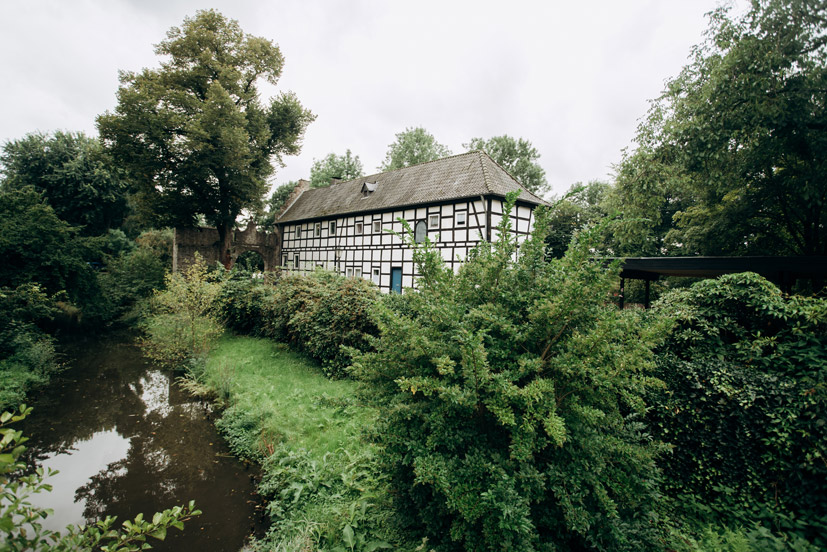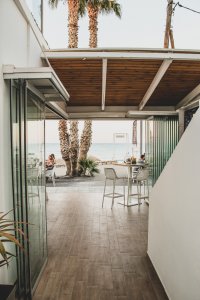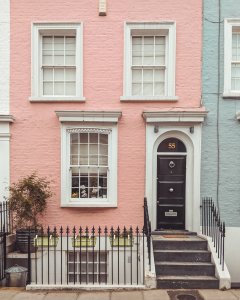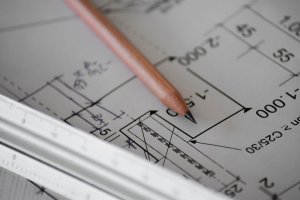Firstly, it’s essential to understand that the external wall of the extension isn’t identical because of the construction. It means an extension can have blockwork structural walls but be finished in timber cladding, stone, render, or other weird materials to feature warmth and originality to a property’s façade. It’s worth considering all the choices because the choices are wide open.
Brick
Brick is that the conventional choice for exterior walls. It’s largely maintenance-free, easy to source and there’s a large range of sizes and designs. Bricks also vary in cost, so can suit most budgets. On the downside, installation could also be delayed by the weather, the foundations must be wider and it can make exterior walls thicker.
Glass
Glass could be a cutting-edge alternative to traditional brick and might look stunning. But it may be difficult to fulfill Building Regulations standards on energy efficiency if you utilize plenty of glass, so it needs careful design. Other potential drawbacks include overheating in strong sunshine and glare. Blinds are also necessary for shade.
In this project, the homeowners, keen gardeners, wanted a single-story building that might bring the surface in. A glass wall with chestnut tree wood frames offers a view of the inner courtyard. The house was crammed with thermal insulation exceeding Building Regulations requirements.
Zinc
Zinc will be used everywhere the outside of the building – roof or walls. It’s long-lasting, flexible, and aesthetically pleasing. The metal may be formed to create a curved and angular design, so offers great freedom of design. Other sorts of metal cladding include stainless-steel and copper. The use of contrasting materials in home extensions is increasingly popular thanks to creating a transparent distinction between old and new.
This modern extension is finished with dark grey zinc clad-walls and a roof teamed with honey-colored European chestnut cladding to melt the general effect. Internally, the zinc contrasts with the brick of the first house.
Render
Renders offer a light-weight, weatherproof coating. House render has come a protracted way since the times of pebble dash (sand and cement). Modern acrylic renders offer more crack resistance and may be very affordable too. Renders are available in the form of colors that will be pre-mixed with the render which does away with the necessity for painting. Silicon renders, meanwhile, are hydrophobic, which basically means they repel water. Some suppliers claim they’re self-cleaning because the rain will merely run-off them.
Render can provide a smart, clean look – as shown during this renovated family home.
Timber
Timber is enjoying a revival as a cladding material and increasingly used as an alternative to brick. It’s light, fast to put in, and could be a renewable material. With proper maintenance, wood cladding can last for several years. Cedar and oak are both very durable species of wood, proof against rot and pests. Wood may be painted with stains, oils, or left untreated for a very natural look. Those choosing the natural look will see the wood fade to a silvery-grey. Painted wood has to be repainted every few years and stains reapplied regularly.
In this modern tackle an Arts and Crafts-style building, there’s an expensive kind of materials embodying traditional craft skills, including timber in addition toes flint and brick walls. Flint is local to the world.
Stone
Natural stone may be installed into a wall and help the building slot in with the landscape. the foremost common types include sandstone, limestone, and granite however flint and slate are used also. a variety of various sizes, thicknesses, shapes, and patterns may be created.
Major benefits include strength, durability, and aesthetic appeal. If this can be something you’re curious about, consult your architect early within the design process because the underlying substrate layers will must be able to handle the load of the natural stone.
In this new-build house, flint panels give depth and detail to the brick façade.
Try a combination of materials
Contrast materials and textures for interesting results.
In this barn conversion, industrial-style metal windows are teamed with the initial chunky timber and brick walls, adding a note of modernity.
Don’t forget the practicalities. Key factors to also consider include cost, easy installation, energy efficiency, strength, and sturdiness




